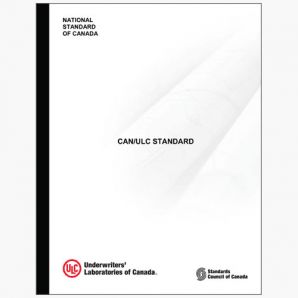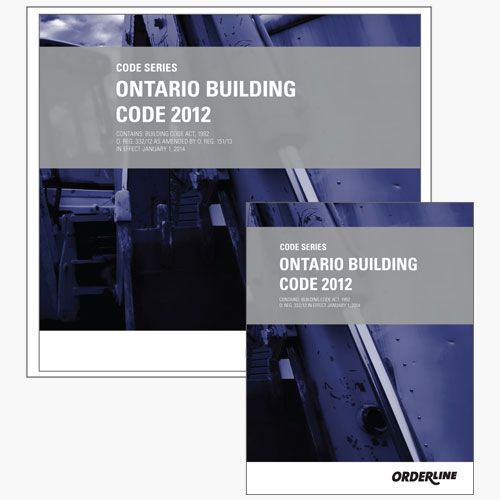
ULC CAN/ULC-S319-05 Electronic Access Control Systems
More About This Product
The Underwriters’ Laboratories of Canada (ULC) was created in 1920 as a not-for-profit organization. The ULC’s focus is to maintain and operate laboratories and inspection services for the examination, testing and classification of devices, constructions, materials and systems to determine their relation to life, fire and property hazards.
In this first-ever Electronic Access Control Systems standard, published September 2005, ULC sets out guidelines for the electronic access control systems from low to very high security applications.
Electronic access control systems are designed to grant authorized persons entry to and/or exit from a controlled area and deny such entry and/or exit to non-authorized individuals by electrical, electronic or mechanical means. The extent of control of entry/exit may include the reporting and recording of related activity.
This standard defines the minimum requirements as they apply to the construction, performance and operation of such systems and/or accessory equipment as well as recommended characteristics to meet four levels of protection with Level I (lowest level-Class I equipment) to Level IV (highest-Class IV equipment). The various means of communication between the reader, the reader interface module, the access point actuator, the access point sensor, the access control unit and the monitoring console are described within the scope of this standard.
Standard includes guidelines for:
- ULC Markings
- System Requirements
- Construction
- Performance
- Ancillary Equipment
- Outdoor-use Equipment


